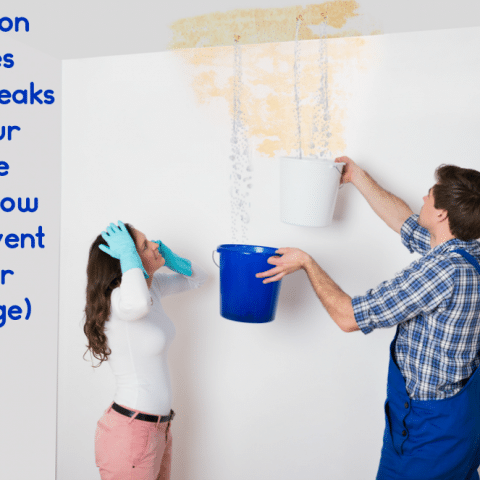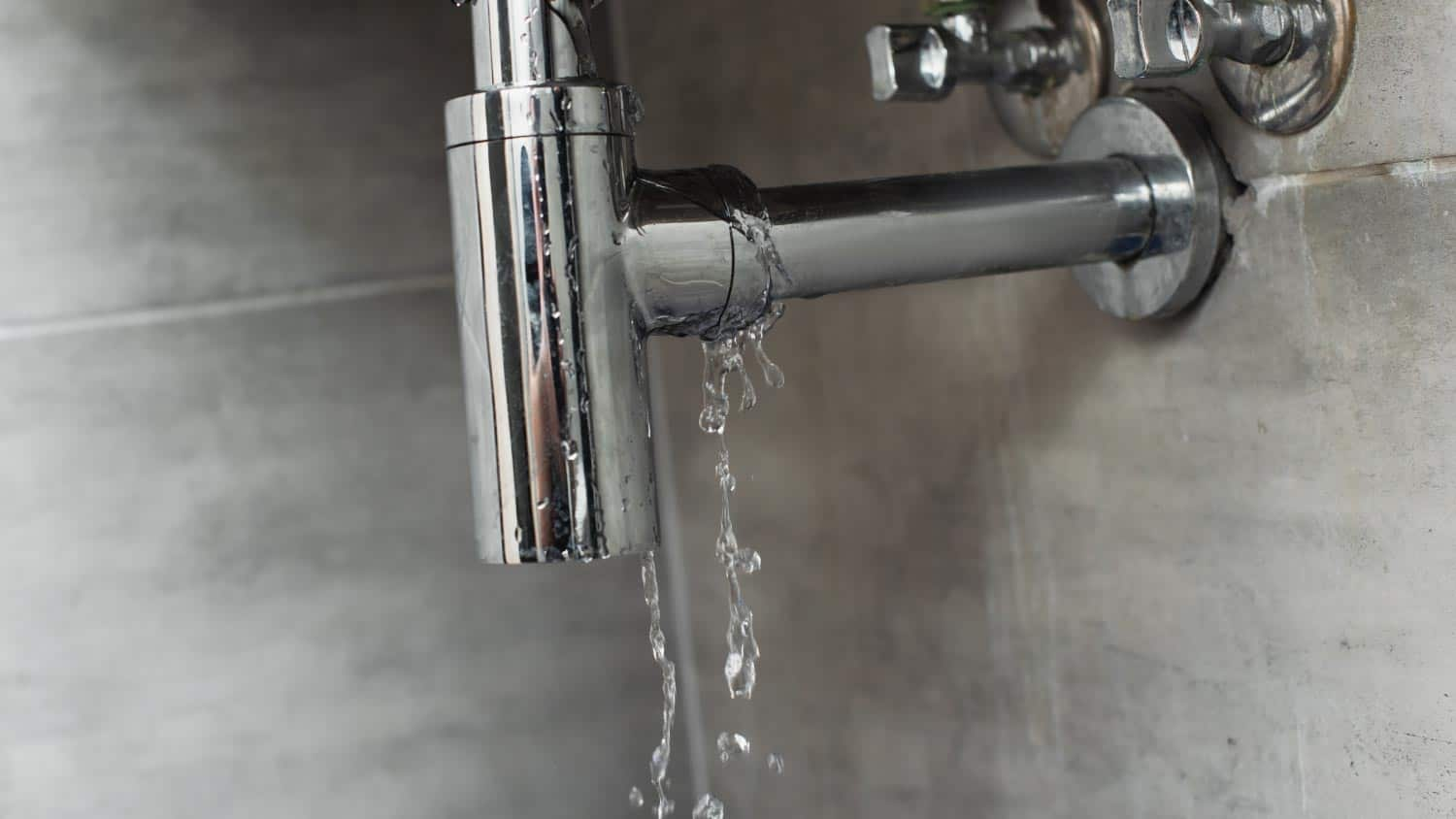Overview To Water Leak Detection At Home
Overview To Water Leak Detection At Home
Blog Article
The content which follows on the subject of Finding hidden leaks is unquestionably informative. Have a go and make your own conclusions.

Early detection of dripping water lines can mitigate a possible calamity. Besides saving you money, it will decrease the aggravation and disappointment. The moment you discover a leak, calling your plumber for repair work is the best service. Nonetheless, some little water leakages might not show up. Right here are some hacks that aid if you can not discover it with your nude eyes.
1. Check Out the Water Meter
Every home has a water meter. Inspecting it is a surefire way that assists you find leakages. For beginners, shut off all the water sources. Guarantee nobody will certainly purge, make use of the tap, shower, run the cleaning device or dishwasher. From there, go to the meter and watch if it will certainly transform. Given that no person is utilizing it, there ought to be no movements. That suggests a fast-moving leakage if it moves. Similarly, if you detect no changes, wait an hour or more and also inspect back once again. This indicates you may have a slow leak that could even be below ground.
2. Examine Water Intake
If you detect abrupt adjustments, in spite of your usage being the exact same, it means that you have leakages in your plumbing system. An abrupt spike in your expense indicates a fast-moving leakage.
A steady boost every month, even with the exact same habits, shows you have a slow-moving leak that's additionally slowly intensifying. Call a plumber to extensively check your home, specifically if you feel a warm location on your flooring with piping underneath.
3. Do a Food Coloring Test
When it comes to water usage, 30% comes from bathrooms. If the shade in some way infiltrates your dish during that time without flushing, there's a leakage in between the storage tank and also bowl.
4. Asses Exterior Lines
Do not fail to remember to inspect your outside water lines as well. Ought to water seep out of the connection, you have a loose rubber gasket. One little leakage can lose bunches of water and also surge your water bill.
5. Inspect and Assess the Circumstance
Property owners should make it a behavior to inspect under the sink counters and also inside cabinets for any kind of bad odor or mold development. These 2 warnings indicate a leak so timely interest is called for. Doing regular inspections, even bi-annually, can save you from a major issue.
If you understand your house is already old, keep a watchful eye on your heating systems, tubes, pipelines etc. Check for stainings and also deteriorating as most pipes as well as home appliances have a life span. They will also normally weaken because of tear and also use. Don't wait for it to intensify if you think dripping water lines in your plumbing system. Call a specialist plumber right now so you don't wind up with a terrible mess in your house.
Early detection of leaking water lines can minimize a potential catastrophe. Some small water leakages might not be visible. Inspecting it is a guaranteed means that aids you discover leaks. One small leak can lose bunches of water and spike your water bill.
If you think leaking water lines in your plumbing system, don't wait for it to escalate.
WARNING SIGNS OF WATER LEAKAGE BEHIND THE WALL
PERSISTENT MUSTY ODORS
As water slowly drips from a leaky pipe inside the wall, flooring and sheetrock stay damp and develop an odor similar to wet cardboard. It generates a musty smell that can help you find hidden leaks.
MOLD IN UNUSUAL AREAS
Mold usually grows in wet areas like kitchens, baths and laundry rooms. If you spot the stuff on walls or baseboards in other rooms of the house, it’s a good indicator of undetected water leaks.
STAINS THAT GROW
When mold thrives around a leaky pipe, it sometimes takes hold on the inside surface of the affected wall. A growing stain on otherwise clean sheetrock is often your sign of a hidden plumbing problem.
PEELING OR BUBBLING WALLPAPER / PAINT
This clue is easy to miss in rooms that don’t get much use. When you see wallpaper separating along seams or paint bubbling or flaking off the wall, blame sheetrock that stays wet because of an undetected leak.
BUCKLED CEILINGS AND STAINED FLOORS
If ceilings or floors in bathrooms, kitchens or laundry areas develop structural problems, don’t rule out constant damp inside the walls. Wet sheetrock can affect adjacent framing, flooring and ceilings.
https://www.servicemasterbyzaba.com/blog/how-to-detect-water-leakage-in-walls/

As a devoted person who reads on Hacks to detect leaks, I imagined sharing that portion was sensible. Enjoyed our content? Please share it. Let others discover it. Thanks for your time. Come back soon.
Report this page